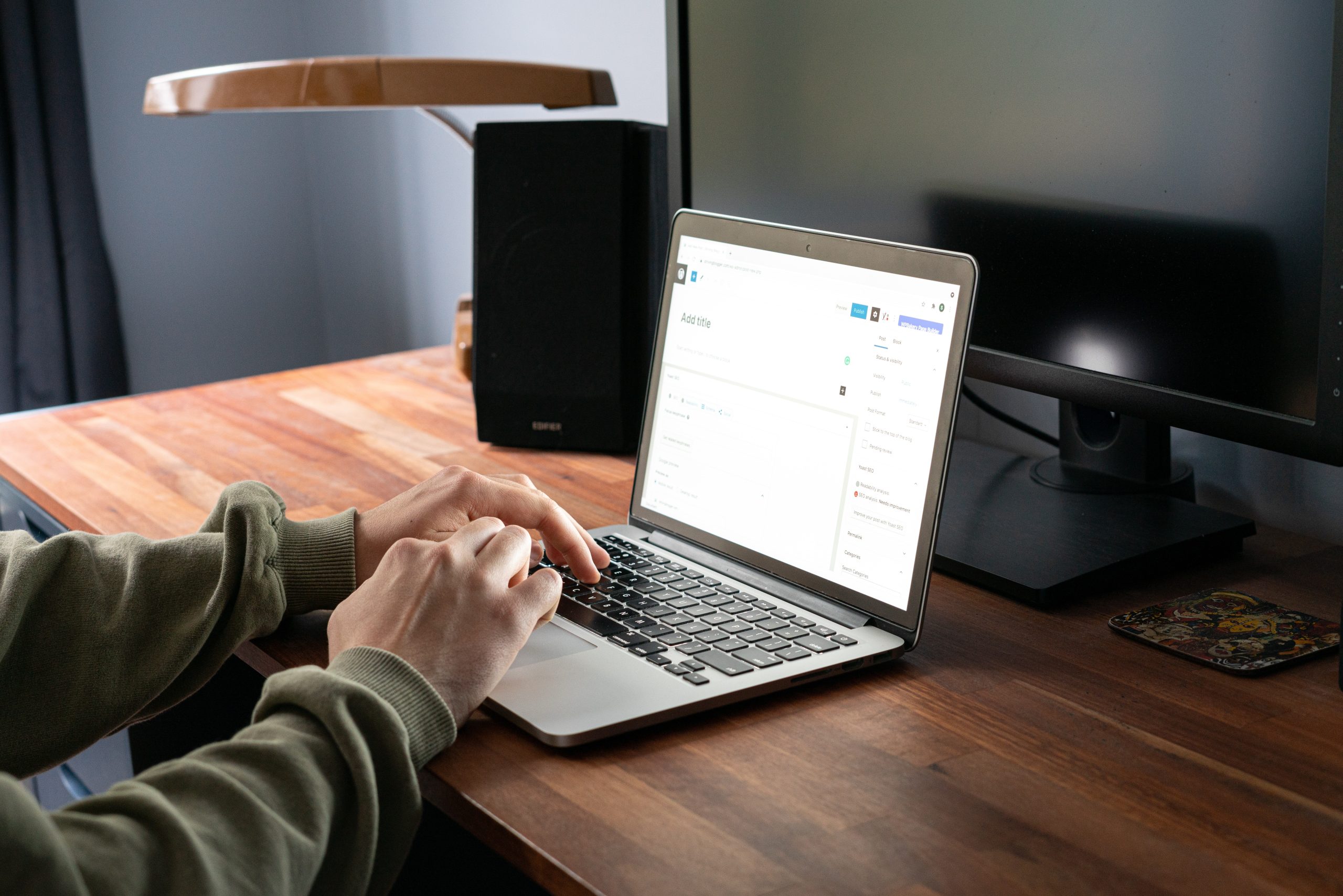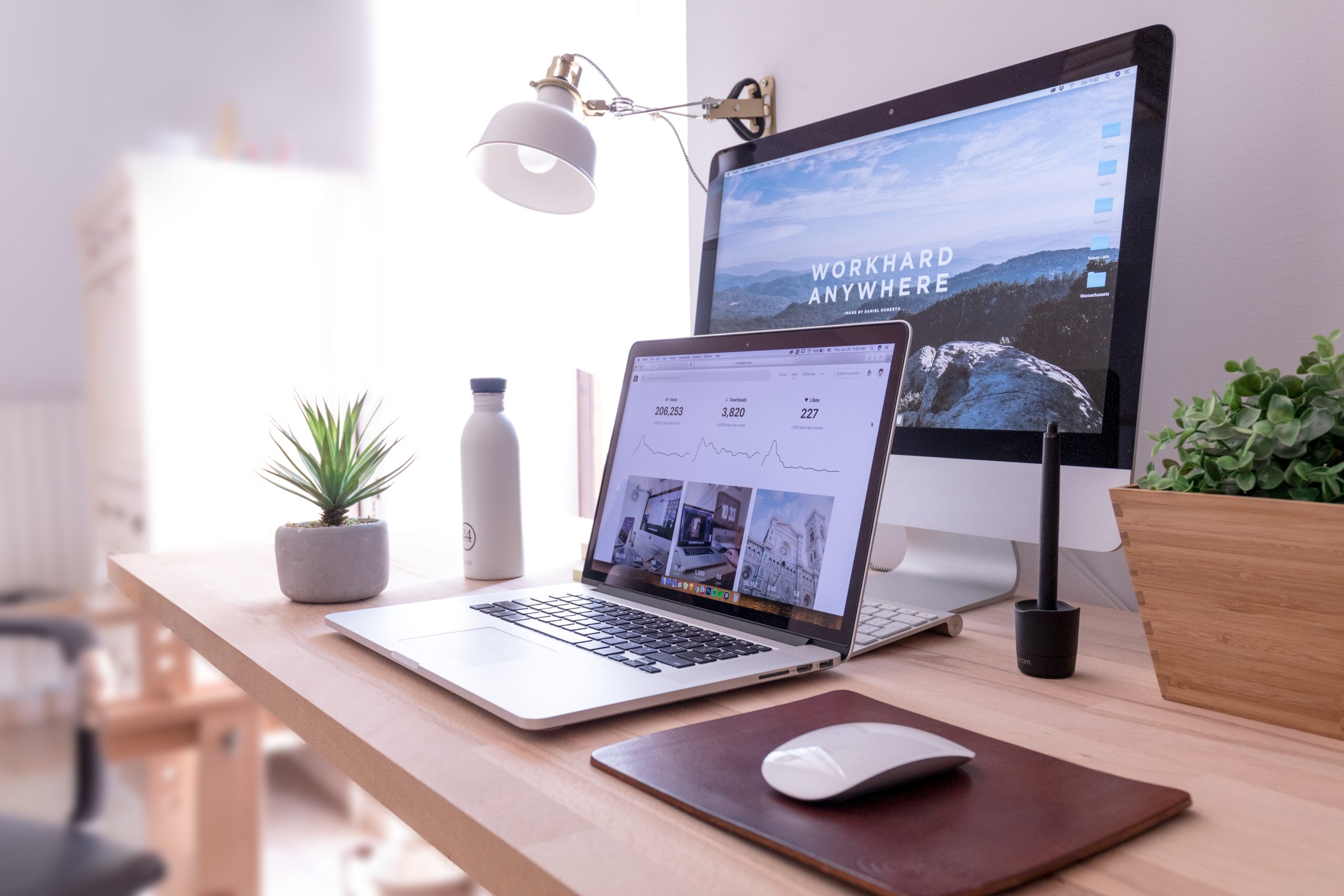WordPress is a widely-used content management system (CMS) known for its flexibility and ease of use. However, the popularity of WordPress also makes it a prime target for hackers. Without proper security measures, your WordPress site could be vulnerable to various threats, compromising your data and the trust of your visitors. In this article, we will explore some of the best practices to follow to secure your WordPress site effectively.

1. Keep Your WordPress Core, Themes, and Plugins Updated
Regularly updating your WordPress core, themes, and plugins is crucial for maintaining a secure website. Updates often include security patches that address vulnerabilities discovered in previous versions. Enable automatic updates whenever possible to ensure that your site remains protected against emerging threats.
2. Choose Strong and Unique Login Credentials
Using strong and unique login credentials is a fundamental step in securing your WordPress site. Avoid using common usernames like “admin” and choose a combination of letters, numbers, and special characters for your password. Additionally, consider using a password manager to generate and store complex passwords securely.
3. Limit Login Attempts with Login Lockdown
By default, WordPress allows unlimited login attempts, which makes it vulnerable to brute-force attacks. Implementing a plugin like Login Lockdown can help protect your site from such attacks. Login Lockdown limits the number of failed login attempts from a specific IP address, temporarily locking out the user or blocking their IP address after a certain number of failed attempts.
4. Implement SSL/TLS Encryption with WP Force SSL
Secure Sockets Layer (SSL) or Transport Layer Security (TLS) encryption is crucial for protecting data transmitted between your website and its visitors. SSL/TLS certificates establish a secure connection and encrypt sensitive information, making it difficult for hackers to intercept and manipulate data. The WP Force SSL plugin can help enforce HTTPS encryption across your WordPress site, ensuring secure communication.
5. Use Secure Web Hosting
Choosing a reputable and secure web hosting provider is essential for the overall security of your WordPress site. Ensure that your hosting provider offers secure server environments, regular backups, and strong firewall protection. It’s worth investing in a hosting package that includes SSL certificates to enable HTTPS encryption.

6. Regularly Back up Your Website
Regular backups are a critical part of any comprehensive security strategy. In the event of a security breach or website failure, having recent backups ensures that you can quickly restore your site to its previous state. Plugins like UpdraftPlus or BackupBuddy can automate the backup process and store your backups in secure locations.
7. Utilize Security Plugins
WordPress offers a wide range of security plugins that can fortify your site’s defenses. Popular plugins like Wordfence and Sucuri Security provide features such as malware scanning, firewall protection, and brute force attack prevention. Additionally, plugins like iThemes Security offer comprehensive security measures, including file integrity checks and login lockdown features.
8. Remove Unused Themes and Plugins
Unused themes and plugins can become potential entry points for hackers if they contain vulnerabilities. Regularly review and delete any themes or plugins that are not actively used on your site. By keeping your WordPress installation lean and removing unnecessary code, you reduce the potential attack surface.
9. Implement a Web Application Firewall (WAF)
A Web Application Firewall (WAF) acts as a shield between your WordPress site and potential threats by filtering out malicious traffic. It helps protect your site from common security vulnerabilities, such as cross-site scripting (XSS) and SQL injection attacks. WAF plugins like Sucuri or Wordfence can be integrated into your WordPress site, providing an additional layer of protection by analyzing incoming requests and blocking suspicious or malicious activity.
Securing your WordPress site is vital to protect your data, maintain the trust of your visitors, and ensure a positive online experience. By following these best practices, such as keeping your WordPress installation up to date, using strong login credentials, implementing SSL/TLS encryption, and utilizing security plugins like Login Lockdown and WP Force SSL, you can significantly enhance the security of your WordPress site. Remember that security is an ongoing process, so stay vigilant, regularly review your site’s security measures, and adapt to emerging threats to maintain a safe and secure online presence.
